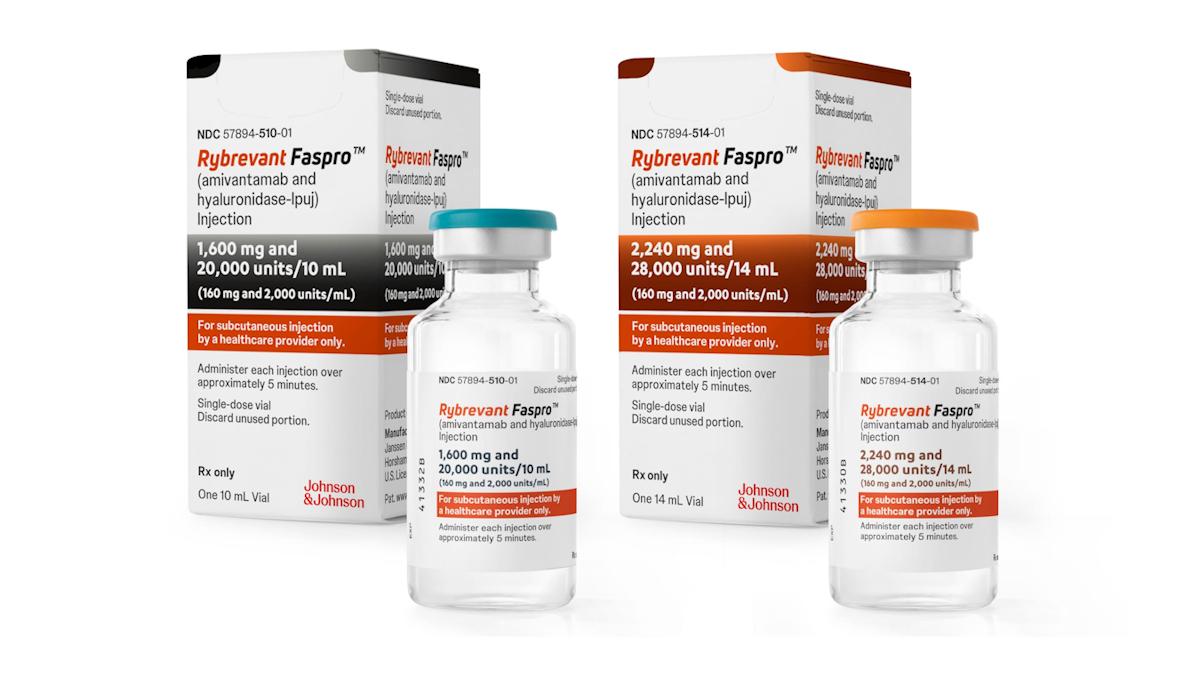AZ gets China nod for Tagrisso in first-line lung cancer

AstraZeneca has scored another approval for one of its new drugs in China, this time getting a green light for Tagrisso as a first-line treatment for adults with EGFR-positive non-small cell lung cancer (NSCLC).
AZ has made China a key market in its growth strategy, and the approval of Tagrisso (osimertinib) by the country’s National Medical Products Administration (NMPA) is particularly important as China is a hot spot for this type of cancer.
“In China…approximately 30-40% [of NSCLC cases] are diagnosed with an EGFR mutation – more than any other country in the world,” said Dave Fredrickson, the company’s head of oncology. That compares to 10-15% of NSCLC cases in the US and Europe.
Tagrisso has been something of a pathfinder drug for AZ among its new cancer therapies, becoming one of the first drugs to pass through the NMPA’s recently-introduced priority review pathway in 2017 when it was approved as a second-line treatment for EGFR-mutated NSCLC.
Its latest approval comes on the back of the FLAURA trial, which showed Tagrisso increased the time patients lived without disease progression or death by a median of 18.9 months versus 10.2 months for those on an older EGFR inhibitor, whilst also extending overall survival.
AZ opened a headquarters in China in 2012 and has invested upwards of $1 billion in facilities in the country. It’s a strategy that has paid dividends, allowing the company to tap into China’s strong pharma market growth over several years.
In the first half of 2019, AZ’s Chinese revenues rose 27% to $2.4 billion, and AZ’s stable of cancer drugs like Tagrisso and breast and ovarian cancer therapy Lynparza (olaparib) performed even better, with a 58% increase to $635 million.
Lynparza was the first PARP inhibitor to be approved in China, getting the go-ahead last year as a second-line maintenance treatment for patients with ovarian cancer.
Checkpoint inhibitor Imfinzi (durvalumab) – another growth oncology product for AZ – isn’t yet approved in China but is under review by the NMPA, although it looks likely to be the fifth PD-1/PD-L1 inhibitor to reach the market there.












